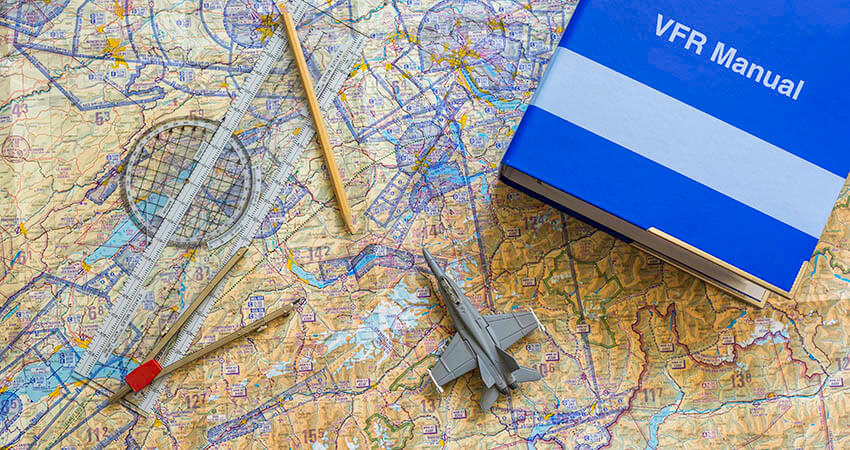NOTAMbiguity.
Although the International Civil Aviation Organization (ICAO) and other like-minded safety-conscious bodies try to keep airmen as safe as possible, sometimes the way they go about it isn’t the most beneficial or conducive to emergency situation avoidance. As with the Malaysia Airlines Flight 17 that was shot down over the Ukraine in 2014, the Notice to Airmen (NOTAM) warning pilots to avoid the active and tumultuous airspace was fairly ambiguous, lacking in urgency, and didn’t put the proper limitations in place to keep all airliners safe. This NOTAM then resulted in passengers and aircrew losing their lives. In hopes to mitigate incidents like this, we dug a little deeper to see what the problem is and how agencies are attempting to fix it.
The problem(s).
The Flight Service Bureau (FSB) article identifies 3 different parts of the problem: the system, the format, and the content. While the system is noted to be overall pretty great with its immediate availability to airmen across the world, the format and the content seem to be the main hindrances for what could be a great system.
The format is cluttered, shorthand, and indecipherable when not dedicating hours to decoding the madness. Siphoning through hundreds of pages of gibberish to find safety critical items before a flight is absolutely the last thing any pilot wants to do (or have to do), yet it seems to be the main solution presented to avoid hazardous airspace. Well it shouldn’t be.
Along with the format, relevant content seems to be lacking in these notices. Important or urgent NOTAMs are drowning in hundreds of other notices that were put in with a seemingly “just in case” attitude, when NOTAMs, by definition, are to be used for “absolutely necessary” or “extremely important” information. Somewhere along the line, we lost sight of exactly what “extremely important” looks like, and have gotten to this mess we’re in now.

A proposed solution.
ICAO and the Flight Service Bureau are attempting to streamline NOTAMs, making it easier for pilots to access critical information quickly and efficiently. They are introducing Norm, the Notam Organizational and Recognition Model, as a way to filter through and highlight important information. By utilizing Norm, aircrew members will be able to easily access critical information first, and then go through the rest later. Norm is not quite yet in service; he’s still refining his skill.
In the meantime…
There are services and places to gather critical airspace information other than just NOTAMs. For example, a great resource for information (that you really should already be checking before each flight) is the Special Use Airspace websitethat provides color-coded illustrations of all active military airspace, along with prohibited and restricted areas. This website provides latitude limitations and airspace area avoidance guidelines for the United States, including Puerto Rico, Alaska, and Hawaii.
Although NOTAMs can be frustrating and their format is outdated, the aviation community is making some serious strides to try and make them the best that they can be. In the meantime, just try to decode the mess, use some other resources, and continue to look forward to the future (aka Norm). Remember to review NOTAMs and any other airspace limitations before every flight.
RELATED READING
RELATED CTS TRAINING









